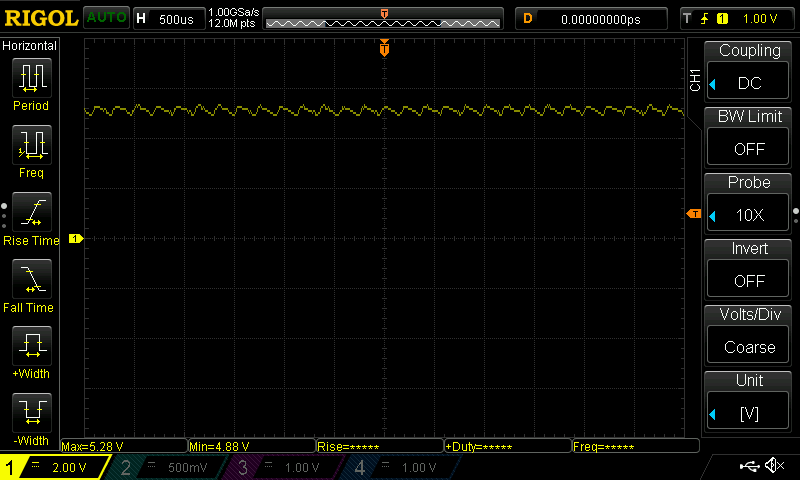I think you would be correct in suggesting CR123 batteries dominate the Serious Tactical use market at this time.
Im enjoying considering flashlight applications from your perspective. None of my lights are single mode, and none are CR123
You have vastly more practical use for lights as tools, my application is definitely more like a toy.
I think most people that are hard users of lights gravitate towards those kinds of lights but there are some surprising exceptions. Earlier this week I was at a handgun class and during a break the instructor was showing off his EDC/carry light. Bear in mind he's a retired cop and carried it in a form fitted plastic belt scabbard. He was telling me his light had a strobe and proceeded to demonstrate it...well, he tried to. He couldn't get the intricate time of button pushes down! It wound up taking him a number of tries over a ten or fifteen second period to get the strobe to work! Since he was the one scoring my exam and qualification I didn't press him on the issue but I certainly wonder what tactical use such a strobe serves! It the bad guy supposed to patiently lower his gun and wait for the guy to figure out how his light works? :devil:
You make some great points, though. I hadn't realized that AA's had closed the gap so much with regards to power output. Maybe the future is moving towards lights that can operate on a wider range of cells and batteries. I for one am intrigued by rechargeable batteries but have been put off by the risk of the PCB cutting out just when I need my light to work. So far I've dabbled in Eneloops but that's it. I will probably have to play around with some of the high cap batteries like the 18650's. There really is no comparison power-wise! I recall seeing an Elzetta Bravo bored out to use an 18650 (or something close in size) and the performance was remarkable!







